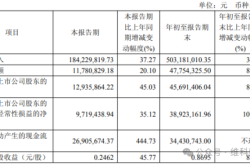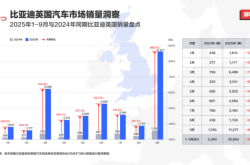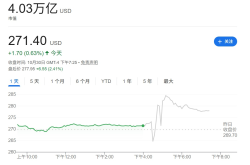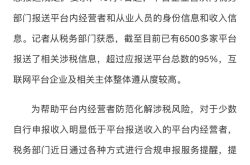Mobile Chip War Heats Up: Qualcomm May Unveil New Processor a Month Early, Will MediaTek Adapt?
![]() 04/29 2025
04/29 2025
![]() 784
784
This year's Android flagship battle is taking an "urgent" turn.
The arrival of this year's Android flagships may precede expectations.
If you've just invested in a new flagship phone, the above sentence might give you a chill: Will my new purchase become obsolete soon? Fear not. Even if the release date is moved up, it's still in the second half of the year. Remember, "Early bird catches the worm; late shoppers enjoy discounts." Prices for mainstream flagship phones have nearly hit rock bottom. Purchasing now is indeed a wise move, far superior to those who rush for the initial launch (like Lei, who bought the Xiaomi 15 at full price).
Based on currently available information, Qualcomm's Snapdragon flagship processor is accelerating its release schedule once again, with an anticipated launch as early as September. The first manufacturer might unveil the next-generation flagship as soon as the end of September. For comparison, the Snapdragon 8 Elite debuted on October 22, 2024, with the Xiaomi 15 series following suit at the end of October, indicating a full month earlier release this year.
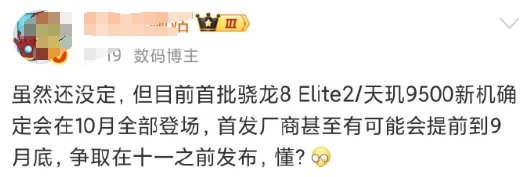
Image source: Weibo
Qualcomm's decision to advance the release date of its flagship chip once more hints that this year's flagship phone competition will likely be even fiercer than last year's.
Performance soars as Snapdragon's new flagship benchmark score may exceed 4 million.
Frankly, this news comes as a surprise. After all, the launch event for the first chip in the Snapdragon 8 series was initially scheduled for December. The following year, it was first adjusted to mid-November and then to late October in 2023. It took nearly three years to advance the release date by approximately a month.
It's crucial to note that the release date of a flagship chip isn't set arbitrarily. Advancing it by a month means one less month for debugging, optimization, and preparation. In other words, the Snapdragon R&D team must complete the chip design and tape-out with greater efficiency while collaborating closely with phone manufacturers to finalize the phone's design and debugging within a shorter timeframe, ensuring no significant issues post-launch.
From a chip design perspective, the ability to advance the Snapdragon 8 Elite 2's (tentative naming, not official) release date by a month is likely tied to changes in architecture design. Starting with the Snapdragon 8 Elite, Qualcomm switched to its self-developed Oryon CPU architecture, abandoning Arm's Cortex cores. The advantage of self-development is that Qualcomm has greater autonomy and doesn't have to wait for Arm's next-generation core design to commence R&D.
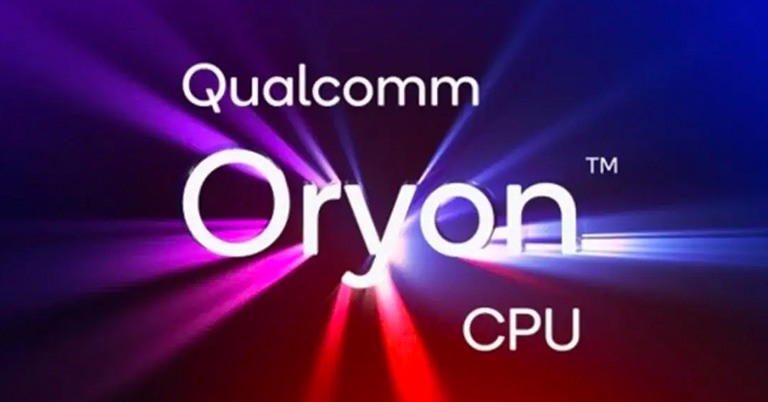
Image source: Qualcomm
In other words, the Snapdragon 8 Elite 2 might have entered the forward-looking design phase even before the Snapdragon 8 Elite's release, meaning Qualcomm actually had more time to refine and optimize the chip architecture. Therefore, even with a full month advancement, there's no need to worry excessively that Qualcomm neglected optimization to rush the process.
Meanwhile, reports suggest that the Snapdragon 8 Elite 2's benchmark score may exceed 4 million, leveraging TSMC's N3P process and new architecture with significant optimizations and improvements in cache and other aspects. Compared to the Snapdragon 8 Elite, the benchmark score is anticipated to increase by about 30% to 35%, with notable enhancements in game performance as well.

Image source: Weibo
Given the self-developed nature of the Oryon CPU architecture, we can anticipate improvements in energy efficiency ratio and performance through in-depth optimization. Based on currently available information, the Snapdragon 8 Elite 2 will likely continue with an all-big-core design, featuring a further increased super-big core frequency and deeper optimization of the big cores' energy efficiency ratio. While a score of 4 million might seem exaggerated, the experience in terms of battery life and other aspects should still be solid.
Hardcore Confrontation with Apple's iPhone 17: Is Snapdragon Going All In?
If Android flagship releases advance to the end of September, it means that after many years, Android flagships and iPhones will again be unveiled in the "same month." Since the iPhone has significantly outperformed Android flagships in performance, we rarely see them in the same frame, especially after MTK and Qualcomm essentially monopolized the Android flagship chip market, aligning Android flagship releases with the two major manufacturers' flagship chip launches.
However, like all historical stories, there's no eternal king in the world, and the iPhone is no exception. Two or three years ago, Android and iPhone performance became very close. Over the past two years, Snapdragon and Dimensity's flagship chips have surpassed the iPhone in multi-core CPU performance, with GPU performance not far behind.
Simultaneously, Android phones' advantages in imaging, screen quality, battery life, and charging speed are luring iPhone users who love photography and can't tolerate 27W charging. Truthfully, iOS's ecological advantages are also being further eroded. OPPO and vivo are actively embracing the Apple ecosystem, aiming to replace the iPhone's position, embodying a "bottom-up approach" in the mobile phone industry.
Of course, the iPhone isn't without its strengths. In terms of system fluency, iOS's advantages are still evident. Additionally, the iPhone's single-core performance and GPU performance remain excellent, boasting good energy efficiency. However, it must be acknowledged that under the fierce onslaught of Android flagships, the iPhone's market share is gradually eroding, especially in the highly competitive Chinese market, where the iPhone's market share continues to decline, forcing Apple to adopt a more aggressive pricing strategy.
For the Android camp, the iPhone is no longer an insurmountable adversary. If users seek the best mobile photography, a more open smart ecosystem, and superior charging/battery life, Android flagship phones are a better choice. Perhaps this is also why Snapdragon chose to advance the release date to September: "No more waiting, let's fight to our fullest."
For the iPhone, the simultaneous release of Android flagships will likely make a considerable number of users adopt a "wait-and-see" approach, potentially significantly impacting its first-month sales. However, we also observe that the iPhone is accelerating its product iteration. From the iPhone 15 to 16 and on to next year's 17, the iPhone's design, performance, and configuration have undergone numerous changes. Will this year's iPhone 17 regain some ground? We'll have to wait and see.
Snapdragon's New Flagship Chip Unveiled Early: Will Dimensity Adjust Its Pace?
Although Dimensity and Snapdragon don't always release in the same month, as direct competitors, both have been striving to seize market share from each other over the past two years. Notably, in 2024, the initial launch dates of Dimensity and Snapdragon flagship phones were very close, making the mobile phone market in October and November last year a "battleground."
Thanks to the early release of Dimensity chips and the combined efforts of OPPO and vivo, this year's Dimensity 9400 series has performed better in the flagship market than previous years, naturally motivating MTK to prepare for the next-generation product. However, Qualcomm's indication that it will advance the release date to September, widening the gap by a month, is estimated to be quite uncomfortable for Dimensity.
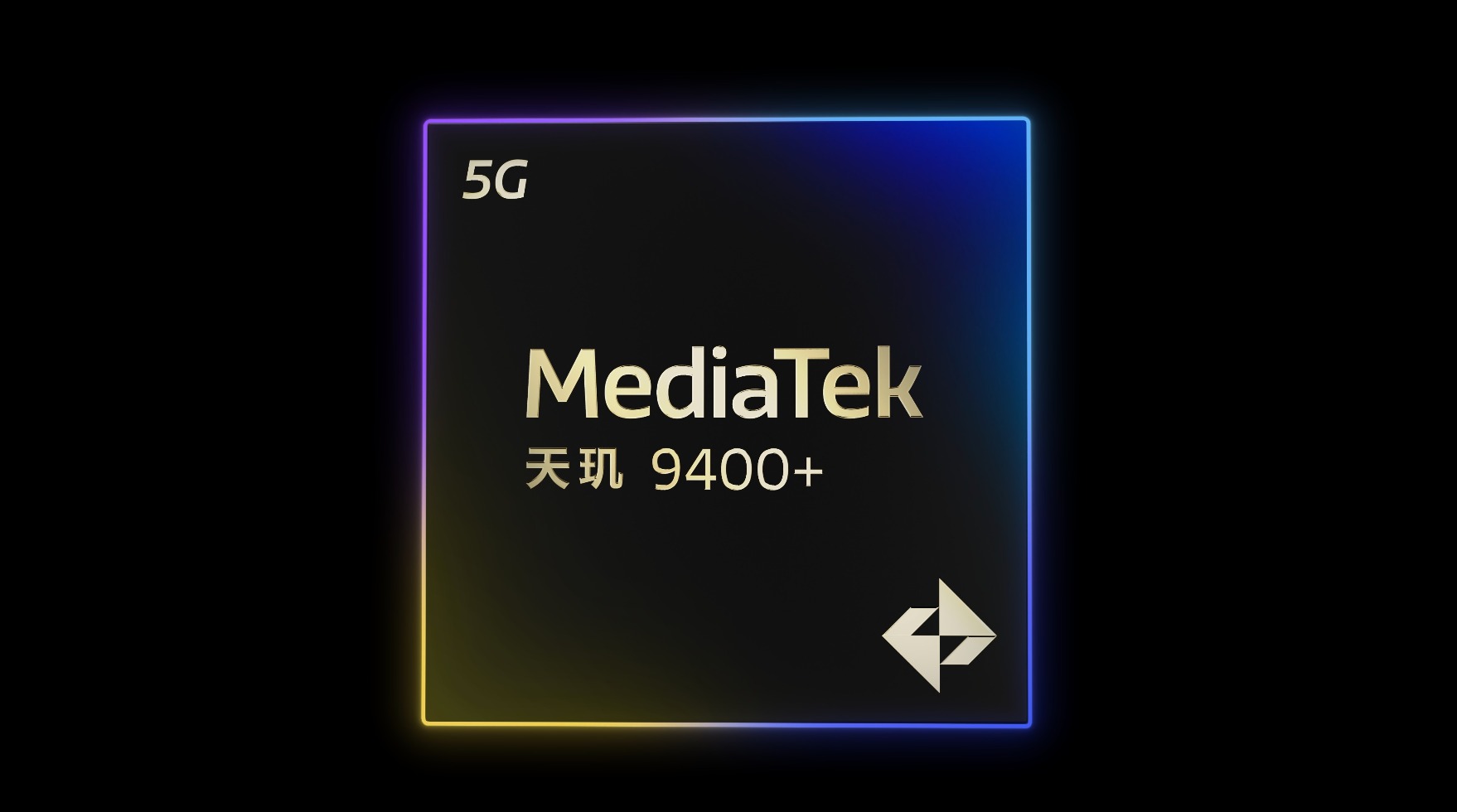
Image source: MediaTek
As mentioned earlier, chip release involves numerous processes, with design and optimization being the most time-consuming stages. Since Snapdragon uses a self-developed CPU architecture, it can prepare earlier. What about Dimensity? Based on currently available information, the Dimensity 9500 (tentative, not official) will still adopt Arm's next-generation core architecture and is expected to be released in May.
If tape-out (the final step in chip design) proceeds according to last year's schedule, the Dimensity 9500's release date will most likely still be in late October, with at most a shortened testing period to advance to mid-October. Although timing-wise, it's similar to Qualcomm's second batch of flagship phone releases, competition in the high-end market often means that a step back leads to further setbacks, particularly losing the National Day marketing node, which is unfavorable for Dimensity.
However, blindly chasing Snapdragon's steps isn't advisable. More detrimental than being "one step slower" is disrupting one's own rhythm to catch up. If the Dimensity 9500 performs poorly post-release due to poor optimization or incomplete testing, becoming a new-generation "fire god" (referring to chips with severe heating and performance issues), then Dimensity's reputation accumulated over the past few years will be jeopardized.
Nevertheless, I believe Dimensity won't sit idly by. It's highly likely that the release date will also be advanced, or a strategy of unveiling first and then going on sale will be adopted. The product can be slower, but the momentum cannot be lost.
On the other hand, as flagship chip release dates are being advanced, it actually alleviates a headache for some mobile phone users, such as those who love chasing new products and buying first-launch phones. In the past two years, vivo has preferred to release a "slightly upgraded" flagship phone in March of the following year, and this year OPPO has also joined this trend.

Image source: OPPO
The vivo X200s and OPPO Find X8s unveiled in March this year, despite modest overall configuration improvements, offer higher-performance chips and better battery life, coupled with a launch strategy of increasing quantity without raising prices, making many flagship phone users feel they "bought the wrong one." Imagine if the phone you bought becomes "old" in just four months; you'd likely be more cautious when chasing the next first launch.
However, if the timeline is advanced to September, it's different. September is more than half a year away from March and April. For tech enthusiasts, while half a year for an iteration is still somewhat fast, it's more acceptable. Coupled with manufacturers' trade-in subsidies, many are willing to pay a few hundred or a thousand extra to upgrade to a new phone. For Xiaomi, OPPO, and vivo, significantly lengthening the product update interval can also provide more potential users for the strategy of having front and rear dual flagships.
For ordinary consumers, the flagship market in the second half of this year will undoubtedly usher in an unprecedented and thrilling showdown. As for which new phone to choose, it depends on your needs. After all, no matter how fast the release pace, in the end, the product speaks for itself.
Source: Leitech

